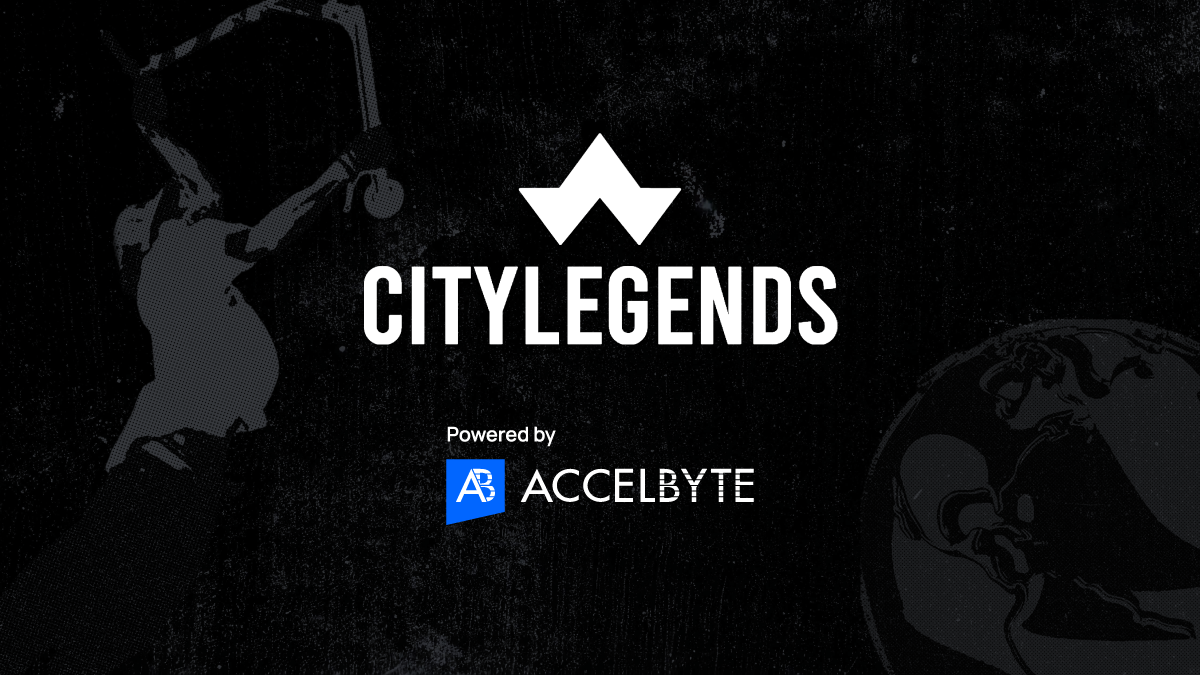Play
Dynamically assemble and match players
Dynamically assemble and match players
Connect cross-platform accounts & identity management
Grow and commercialize your game
Build a vibrant community
Track player progression and game state across platforms
Track, engage, and retain players
Visualize game metrics
Introduction to AccelByte Gaming Services (AGS)
Learn to use AGS with our demo game "Byte Wars"
Connect and get support with other members of the AccelByte Community
Submit and review tickets while directly connecting with AccelByte
Join our Discord for support, insights, and networking!

Game teams within a large games studio or publisher often have access to scalable backend platform technology and tools. Large games studios and publishers invested a large amount of money over many years, and employed hundreds of online backend and tools engineers in central technology teams to build such platforms. The same large online team that builds, deploys, and operates this tech has also had years to become battle-hardened by the experience.
Unlike game teams that are part of large studios and publishers, independent games studios often don't have access to this technology, or the engineering teams required to extend/customize, deploy and run it.
It takes a sizable team and many months to develop, deploy, and run game backend platforms because:
When Riot first started, it took the backend technology platform it had spent the first years of its life creating and dumped it. “That was not a fun experience…we were set back by a long period of time…when we started to scale up, we had even bigger scale challenges, because the platform wasn't designed to handle the scale we were doing” said Marc Merrill, Co-Founder, Riot Games. In order to hit a targeted fall 2009 launch, Riot rushed through creating a new backend. It took shortcuts that the company would have to deal with for years, such as building the launcher on the problem-prone Adobe Air system.
The case of Riot Games is a familiar one for many developers, especially as most who set out to build their own backend face similar problems. The real cost of building a backend is the use of time and resources. It's also important to note that live service games have a long tail (League of Legend first launched 10 years ago, and is still going strong). After the first launch, it'll take more effort to continue iterating and adding features/ improvements, keeping the platform up through burst in players, and adopting new technology to improve the platform from scalability, high availability, operability, and lowering the infrastructure cost.
If you choose to develop your own backend rather than buying one, you're putting a lot of pressure on yourself and your company to compete with the explosive growth of BaaS. Additionally, to give an example of the amount of time it takes to allocate all resources required to build a backend, in real world game development scenario developing tools from scratch can take over a year to perfect. This leads us into the next obstacle developers who decide to build are faced with: the time to build.
A scalable, well-featured backend can take anywhere from six months to a year to develop. Thankfully, if you buy a backend, you accelerate the time to build. Using an established backend platform can give you up to 4x development speed boost.
The first thing that you should look at when deciding whether to build or buy is the cost of hiring a team of developers. Development is not a one-person task and it involves a whole team of reliable and talented engineers. A single professional developer can charge more than the salary of 3-4 accountants. Utilizing a backend platform will allow you to reduce your DevOps team size, have fewer backend engineers, and focus on frontend development. Building your own backend is expensive, many developers underestimate how many people and how much time it takes. It gets even more expensive when you're building a live multiplayer game with rich services. And most expensive when building novel items or functionality from scratch. There is a hidden cost to delaying the development of your game too, not just literal engineering costs. And not just the build, but also the LiveOps cost of maintaining that backend is astronomical.
Building and maintaining a backend requires a massive investment in resources and time. Even if capital and size are well established, resources can be better spent creating a superior game play experience. And, as your game grows, supporting the backend will need more investment, taking time away from the development of the core gameplay loop that make your game engaging.
So, what else do you need to know before landing on a backend plan? We've put everything together for you in our eBook, The Developer's Guide to Backend Services: Build or Buy?



Reach out to the AccelByte team to learn more.